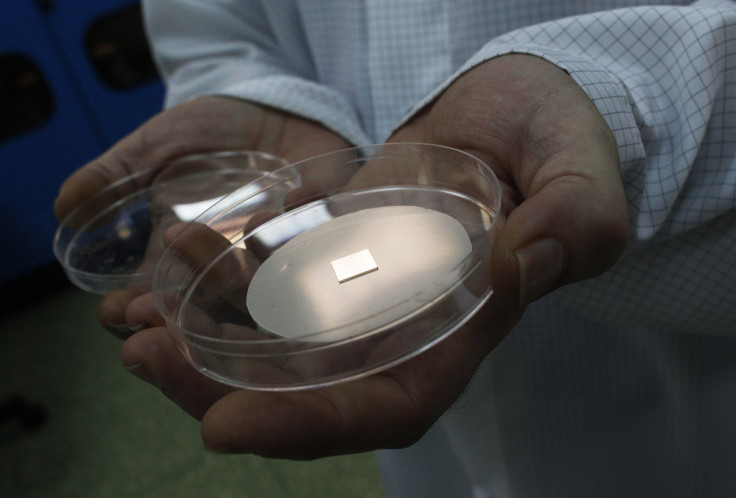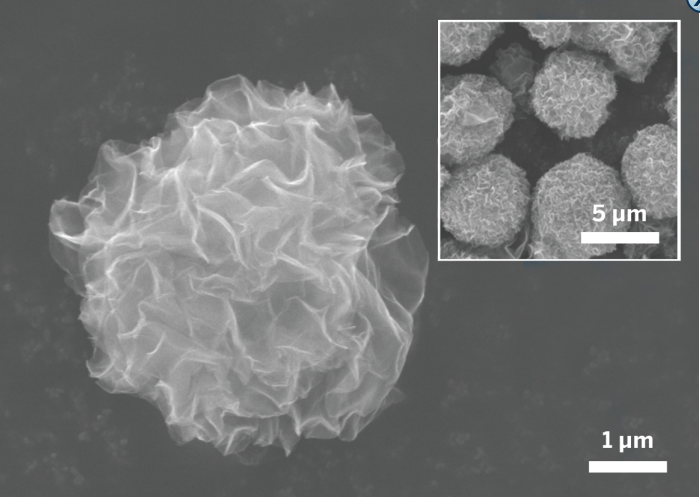Endless Clean Energy Source: Atomic Motion Of Graphene Generates Limitless Power, Study Finds
KEY POINTS
- Study shows graphene moves in a back and forth manner similar to how electrons behave in a circuit
- Physicists invent a circuit that can convert energy from graphene into an electrical current
- The study result has became significant in today’s search for a clean energy source
The world may soon have a clean and limitless energy source powered by a circuit that harvests electricity from the atomic motion of graphene. The technology comes in the form of small chips that have the potential of replacing disposable energy sources and saving people from the lifetime purchase of small batteries.
A team of physicists from the University of Arkansas presented their invention of a circuit that can capture the thermal motion of graphene and convert it into an electrical current. The study, published in the journal Physical Review E, explored a finding three years ago that first identified graphene as a strong candidate for harvesting energy.
For the present study, the team found that graphene moves in a back and forth manner similar to how electrons behave in a circuit. The manner in which the graphene moves is more apparent at room temperature, the team said in the study. In fact, graphene’s thermal motion showed signs that it can induce an alternating current (AC) seen in electric circuits.

“An energy-harvesting circuit based on graphene could be incorporated into a chip to provide clean, limitless, low-voltage power for small devices or sensors,” lead researcher Paul Thibado said in a press release.
Thibado’s finding supported several studies questioning a more popular theory from physicist Richard Feynman. The latter claimed that the thermal motion of atoms has no value when it comes to harvesting energy. At the same time, Thibado’s team had built upon their theory from physicist Leon Brillouin's work. In a paper published in 1950, Brillouin hinted that a two-way electrical gate could be the solution to harvest energy from an atom's thermal motion.
The next step for Thibado's team is to find out how electricity generated by graphene could be stored in a capacitor. If achieved, it will provide limitless low-voltage power for small devices or sensors. To achieve this goal, the team is looking for ways to make the circuits smaller.
“If millions of these tiny circuits could be built on a 1-millimeter by 1-millimeter chip, they could serve as a low-power battery replacement,” the team wrote in the study.
The result of the study became significant in today’s search for a clean energy source as the world bears the brunt of hazardous waste piled up over the years.
At present, the University of Arkansas has registered several patents for this technology. The proponents are looking for possible commercial applications in the markets across the United States and overseas.

© Copyright IBTimes 2025. All rights reserved.





















